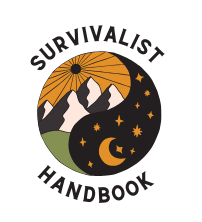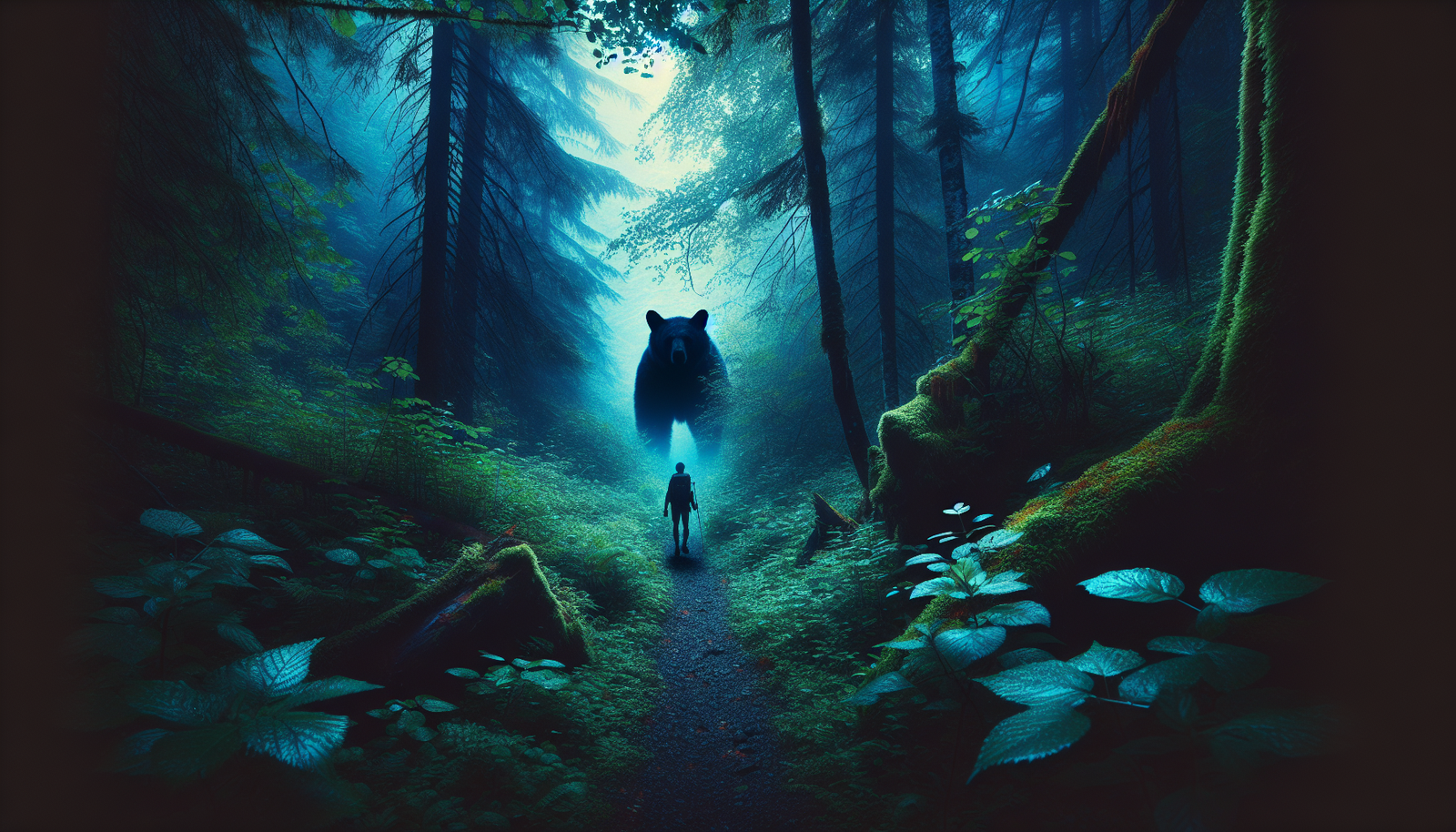In a world full of unpredictable situations, it’s important to equip yourself with basic survival skills that can potentially save lives and bring peace of mind. Whether you’re navigating the wilderness, preparing for urban disasters, or simply curious about life-threatening scenarios, the knowledge of how to stay safe and escape a bear encounter is invaluable. This article will provide you with strategies and tips to effectively handle such a situation, empowering you to become self-reliant and resilient in the face of adversity. Whether you’re an adventurer seeking outdoor preparation or someone who wants to feel equipped for life’s unpredictable twists, exploring these strategies will give you the know-how to overcome challenges and emerge stronger.
How to Stay Safe and Escape a Bear Encounter
In a world where unexpected situations can arise, mastering basic survival skills offers peace of mind and the potential to save lives. One such skill is knowing how to stay safe and escape a bear encounter. Understanding bear behavior, recognizing the different types of bears, and taking preventative measures can minimize the chances of encountering a bear. However, if you do come face to face with a bear, it is important to remain calm, assess the situation, and take appropriate action.
Understanding Bear Behavior
Before diving into the strategies and tips to stay safe in a bear encounter, it is crucial to understand bear behavior. Bears are typically solitary animals, but they can be encountered in certain areas where their habitats overlap with human activity. Understanding their behavior can help you anticipate their actions and respond accordingly.
Bears have different postures that indicate their level of aggression or unease. These postures include standing on hind legs, swaying side to side, or approaching with its head down. Bears may also make vocalizations such as huffing, growling, or popping sounds with their jaws. It is essential to be able to recognize these behaviors to gauge the bear’s intentions.
Recognizing the Different Types of Bears
Not all bears are the same, and recognizing the different types of bears is essential to effectively navigate a bear encounter. The most common types of bears that people encounter in North America are black bears and brown bears (which include grizzly bears and polar bears).
Black bears are generally smaller in size, have shorter claws, and a straight facial profile. They come in various colors, ranging from black to brown, blond, or even cinnamon. On the other hand, brown bears are larger, have a prominent shoulder hump, a concave facial profile, and longer, curved claws. Grizzly bears have a distinct shoulder hump and can range in color from light brown to almost black. Polar bears are the largest of the bear species and are mainly found in the Arctic region.

Preventative Measures to Minimize Bear Encounters
Preventing a bear encounter is the best approach to staying safe. By taking certain preventative measures, you can minimize the chances of encountering a bear. One important step is to properly store your food and dispose of trash in bear-proof containers or hang them from a tree at least 10 feet above the ground. This prevents bears from being attracted to your campsite in search of food.
Using bear-resistant containers for storing your food while hiking or camping is also recommended. These containers are designed to be difficult for bears to open and can significantly reduce the likelihood of bears approaching your campsite.
Hiking and Camping Tips to Avoid Bears
When hiking or camping in bear country, there are several tips you can follow to further avoid bear encounters. Firstly, make noise while hiking, especially in areas with poor visibility, such as dense vegetation or near running water. This alerts bears to your presence and gives them an opportunity to move away.
Avoid hiking alone if possible, as bears are less likely to approach a larger group of people. Stick to designated trails and avoid venturing off into dense brush or remote areas where bears may be more active. Finally, it is important to respect wildlife and never feed or approach bears, as this can lead to dangerous encounters.

What to Do When You Encounter a Bear
Despite taking preventative measures, there’s still a chance you may encounter a bear while hiking or camping. If that happens, it is crucial to know how to react. The most important thing is to remain calm and avoid sudden movements or loud noises that may startle the bear. Give the bear plenty of space and never approach it.
Remaining Calm and Assessing the Situation
When encountering a bear, it is natural to feel frightened or anxious, but remaining calm is vital. Assess the situation by determining the distance between you and the bear. If the bear is far away, it may be enough to calmly back away without causing any further disturbance. However, if the bear is closer, it is important to evaluate its behavior.
If the bear is displaying signs of aggression, such as charging or vocalizing aggressively, it is important to prepare for further action. Stay calm, maintain eye contact with the bear, and make yourself appear larger and more intimidating.
Using Bear Spray as a Deterrent
Bear spray is a highly effective deterrent and should be carried by hikers and campers in bear country. It is a form of pepper spray specially formulated to deter bears. In the event of a close encounter with an aggressive bear, bear spray can be used as a last resort to deter the bear and give you a chance to retreat to safety.
Ensure that you know how to properly use bear spray before heading into bear country. Familiarize yourself with the instructions and practice using it, so you are prepared if the situation arises.
Back Away Slowly and Avoid Eye Contact
If the bear is not exhibiting clear signs of aggression, slowly and calmly back away while avoiding direct eye contact. Make yourself appear non-threatening by keeping your arms at your sides and avoiding sudden movements. Speak in a calm and low voice to let the bear know you are a human.
It is important to maintain distance from the bear and avoid running. Bears can run at incredibly fast speeds, and running may trigger their chase instinct. Instead, continue to back away slowly until the bear is out of sight.
Making Yourself Appear Larger and More Intimidating
If the bear continues to approach despite your attempts to back away, you may need to make yourself appear larger and more intimidating. Open your jacket or raise your backpack above your head to increase your size. Stand tall and use your voice to assert your presence.
While making yourself appear intimidating, it is important to remember not to scream or shout aggressively at the bear, as this may further escalate the situation. Stay calm and assertive.
Dealing with a Charging Bear
In the rare event that a bear charges at you, it is crucial to know how to react. Stay calm and hold your ground; running will only trigger the bear’s chase instinct. Use your bear spray if you have it, aiming for the bear’s face. If you don’t have bear spray, your next best option is to play dead by lying flat on your stomach, protecting your vital organs, and interlocking your hands behind your neck.
Playing dead is only recommended for brown/grizzly bear encounters. If you encounter a black bear, fight back aggressively using any available objects or your bare hands.
Remember, bear encounters are rare, and most bears prefer to avoid human contact. However, by understanding bear behavior, taking preventative measures, and knowing how to react, you can increase your chances of staying safe if you ever come face to face with a bear. Stay informed, be prepared, and enjoy the great outdoors responsibly and safely.

